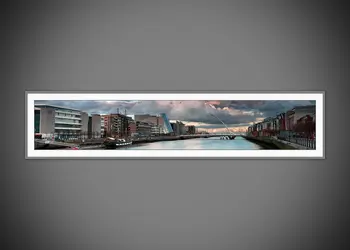epatsellis
No longer a newbie, moving up!
- Joined
- Apr 15, 2008
- Messages
- 543
- Reaction score
- 25
- Can others edit my Photos
- Photos NOT OK to edit
The moral of the story, and of the rest of the replies you've gotten so far, is that today's stitching software is so good, you probably don't need a panoramic head, nor will you miss it.Great reply, but I'm not sure what the moral is :lmao:snip
I thought the same thing, until I got my Gigapan Epic Pro head. Light years ahead in terms of ease of use, stitching accuracy and "fun factor"



![[No title]](/data/xfmg/thumbnail/35/35262-02f8eba4a2a92dbae0b55547bba80b4f.jpg?1734166920)





![[No title]](/data/xfmg/thumbnail/38/38261-db20f6f92ee8f0d4c5cf1536e308638b.jpg?1734172147)


![[No title]](/data/xfmg/thumbnail/38/38263-ad5e4c9e677626ddb5b1e7cdf9ebe40e.jpg?1734172152)

